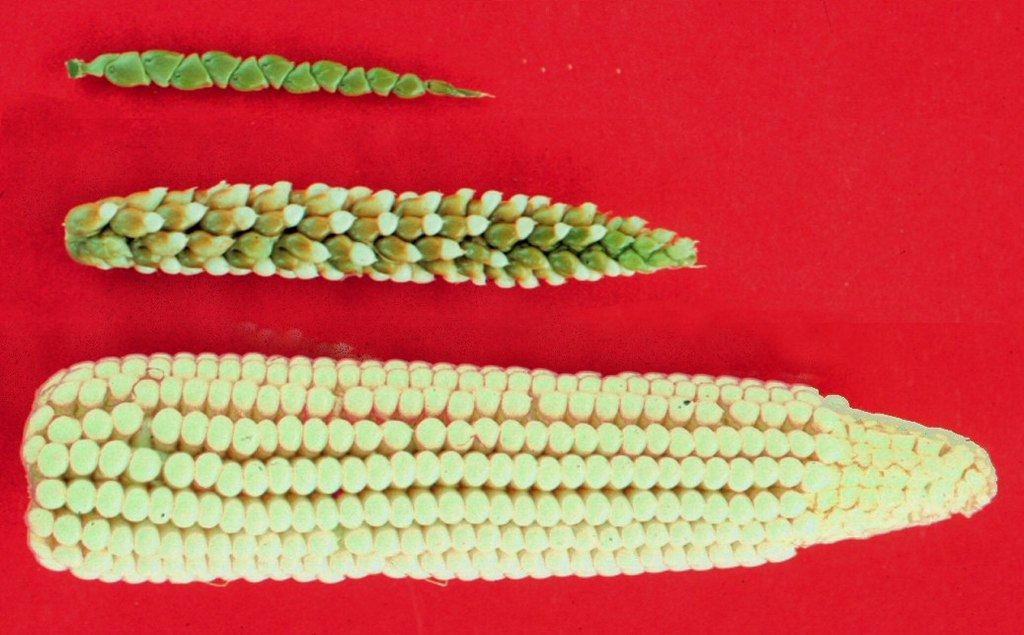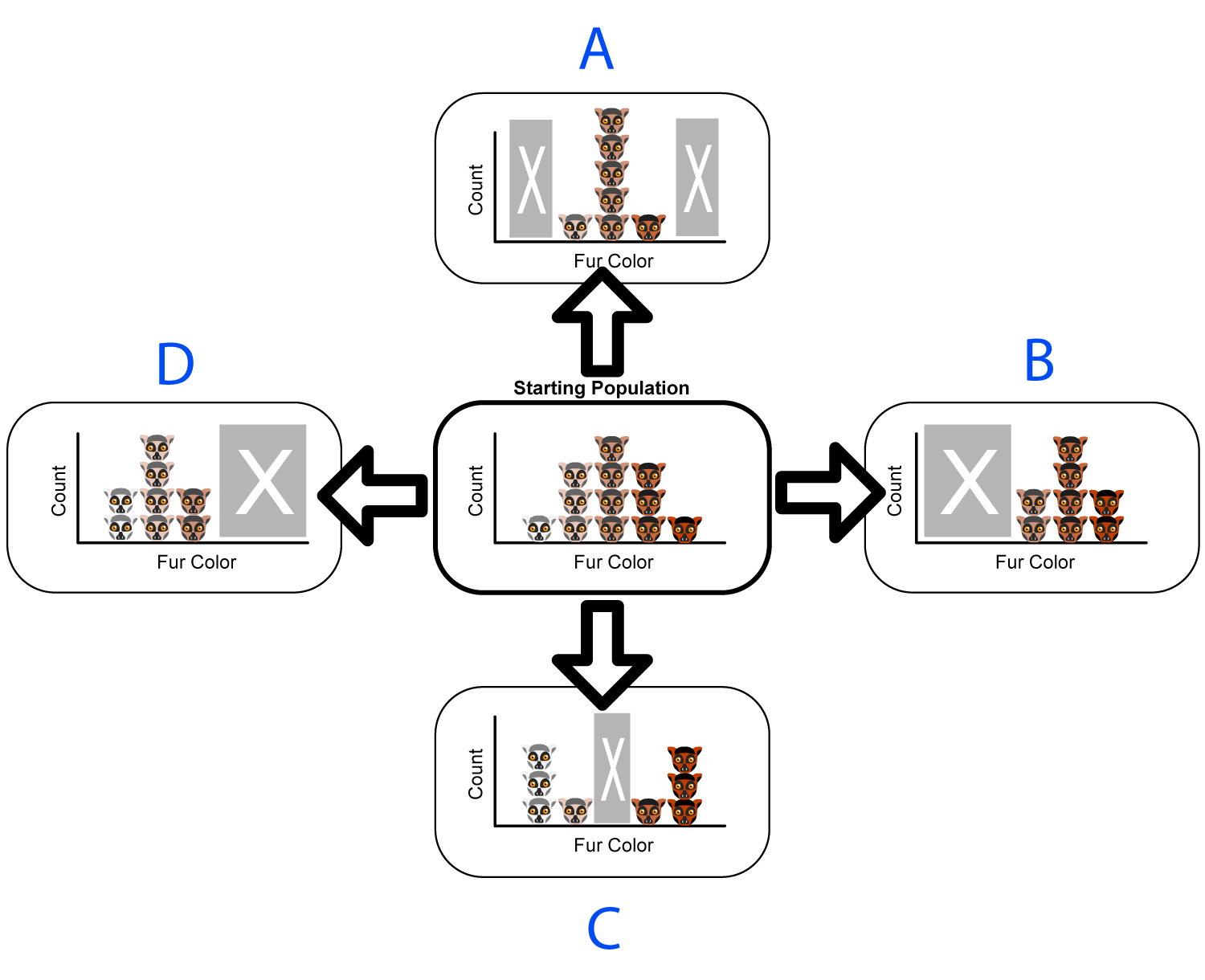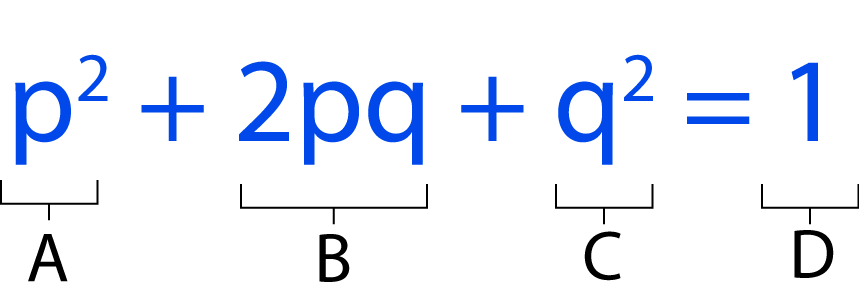Target: 10 questions in 10 minutes |
1. The image shows, from the top, teosinte (a wild ancestor of corn), a corn-teosinte hybrid and a modern corn cob.

|
John Doebley
CC-BY-SA 3.0 |
Which of the following best describes a key difference between natural and the artificial selection seen in the domestication of corn (maize)?
- A. Artificial selection is driven by environmental pressures, whereas natural selection is driven by human preferences
- B. Natural selection produces results more quickly than artificial selection
- C. Artificial selection can lead to traits that would not necessarily be advantageous in the wild
- D. Natural selection relies on genetic modification, while artificial selection does not.
|
|
2. How do homologous structures, such as the pentadactyl limb, illustrate the concept of adaptive radiation?
- A. Adaptive radiation occurs when structures are used for the same function across different species.
- B. Adaptive radiation occurs when structures are used for completely different functions across species.
- C. Adaptive radiation occurs when structures are gradually modified to serve different functions in diverging species.
- D. Adaptive radiation occurs when structures are lost or replaced by entirely new structures in diverging species.
|
|
3. Which of the following may result in sympatric speciation?
| I. Mating ritual differences |
| II. Different seasons for flowering in plants |
| III. Polyploidy |
| IV. Geographical isolation |
|
|
- A. II, and III only
- B. I, II and III only
- C. I and IV only
- D. I, II, III, and IV
|
|
4. What effect would geographical isolation have on the allele frequencies of two previously interbreeding populations of the same species?
- A. The allele frequencies remain identical between the isolated populations.
- B. The allele frequencies would rapidly converge between the isolated populations.
- C. Random genetic drift could lead to differing allele frequencies in the isolated populations.
- D. Natural selection would eliminate any differences in allele frequencies between the isolated populations.
|
|
5. The mule, a hybrid between a horse and a donkey, is sterile. What explains this?
- A. Chromosome numbers of horses and donkeys are different
- B. Mules lack the necessary enzymes to undergo successful cell division during gametogenesis
- C. The small size of mules compared to their parent species makes them unable to reproduce
- D. Allopatric speciation
|
|
6. Which of the following applies to polyploidy as a cause of speciation?
| I. Meiotic error during gamete formation may be a cause |
| II. Polyploid offspring are fertile but unable to interbreed with the original parent population |
| III. Self-pollination and asexual reproduction in plant species means polyploidy is more likely |
|
- A. I and III only
- B. II only
- C. I and II only
- D. I, II, and III
|
|
7. The image shows different types of selection pressures operating on a population.

|
Keith Chan (adapted version)
CC-BY-SA 4.0 |
| Which type of selection pressure, labelled A to D, would best explain the evolution of human birth weight? |
|
8. How can the Hardy-Weinberg equation be used to determine the frequency of a recessive allele in a population?
- A. By calculating the square root of the frequency of the dominant allele.
- B. By subtracting the frequency of the dominant allele from 1.
- C. By dividing the frequency of the recessive genotype by 2.
- D. By taking the square root of the frequency of the recessive genotype.
|
|
9. The Hardy-Weinberg equation is shown below.

Which term in the equation, labelled A to D, shows the frequency of heterozygotes? |
|
10. Under what circumstances would the Hardy-Weinberg equation not apply?
- A. When the population is very large.
- B. When there are no mutations within the population.
- C. When the population experiences migration.
- D. When the population experiences random mating.
|
|
|